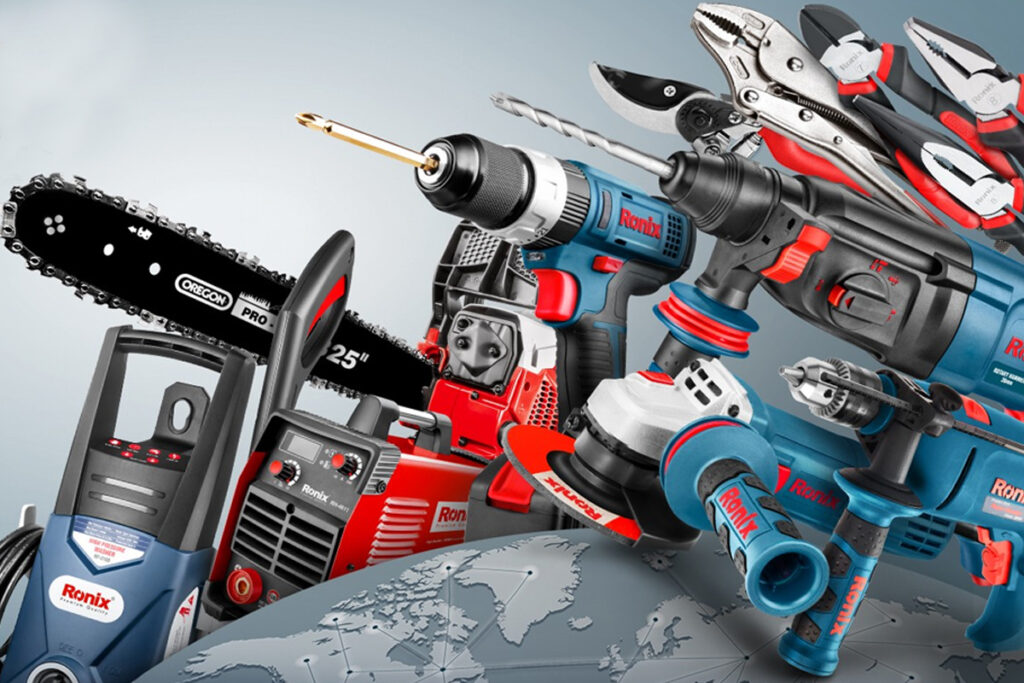In case you happen to be in a company currently engaged in manual testing of their products & you are thinking that by introducing automation there is going to be a shower of benefits; thus abruptly jumping to a conclusion of buying some رونیکس simply because it is popular among many, may not be wise. What should be done now is to take a judicious decision through a scientific process to find out as to which tool will best be suited to your needs. Since this is an capital intensive move aimed at taking your company to the world of Automated Testing, needs careful examination.
When you are shopping for a proper automation tool, you will come across several people ambitiously marketing their products, which may provide solution to variety of automated testing needs. Now the question arises as to whether a particular tool is really suitable to your needs or not. Are you not inclining your choice for a particular tool by making lot many compromises in features. Think that in times to come, your testing needs may become more complicated by the variety of applications coming across for testing & that too under variety of operating systems.
Thus following guidelines shall be helpful in evaluating & zeroing down your choice of an appropriate tool for the job at hand, out of a bunch of many testing tools sold by different vendors.
First of all don’t look at & form any type of opinion about any XYZ tool available in the market. This is high time for doing deep introspection of your real needs. It is wise to prepare a comprehensive list of your requirements of software testing at the present moment. Identify the time consuming problems, which you want to solve with the new tool. Identify the technical capabilities your prospective tool should have to be compatible with the environment of your application.
– Remember that more powerful tools are bound to be more complex as well. If the skill level of the available manpower (who will be expected to use the prospective tool everyday), does not match the complexity level of the tool, believe me, you are likely to land into many problems in smooth implementation of the tool in your organization.
c) List down the Testing requirements
Technical requirements like the following needs to be listed down before zeroing down your choice on a particular automation tool.
You need to understand various factors, which may compel you to drop down some of the tools from your initial selection list. Such crucial factors need to be identified during the early stages of your tool selection process.
– Consider your likely objections to your new tool running under some specific environment, while the software application might be required to run under different environment or operating system. This issue may gain importance from the consideration of the future use of the new tool.
b) Credentials of the Vendors & their Clientele
It is certain that you won’t desire to hang on with problems with your new testing tool. Certainly anyone would like to have a quick, competent & professional solution to the tool related problems arising may be occasionally. Following checklist may come handy in such a situation.
Remember that it is not the question of just purchasing a particular tool by spending some money. In fact it has been seen that in many cases, the cost of fully implementing the tool can be much higher than the cost of the tool itself. Budgetary constraints shall be applicable not only to the tool purchase cost, but shall cover costs of licensing / AMC’s, costs of training and cost of tool implementation etc.
We can be in a position to evaluate various tools available in the market after compiling a comprehensive list of our requirements and various constraints.
This is the stage when an extensive research is needed to identify various types of tools available in the market. WWW can be a good place to explore the tool. Preliminary study of the technical brochure of every tool shall reveal the capabilities of the tool fitting your requirements & constraints.
We can identify various features of every tool by classifying them like a) Essential features b) Desirable features c) Less relevant features etc.
a) Essential features: are the ones, which are extremely necessary to meet your requirements within the defined constraints.
b) Desirable features: are the ones, which will make a particular tool standout among many of its competitors. Based upon the presence of variety desirable features, your decision can be favor of a particular tool among many more.
c) Irrelevant features: are the ones, which are not of any great significance & may not be able to provide some tangible benefit to you in your present requirements.
Evaluation of the above types of features is the next exhaustive & iterative exercise. At this stage you should evaluate as much number of tools as possible and try to zero down your focus on around 5-6 tools any one of which could qualify to be the final tool fitting your ultimate choice.
The next step in the process should be establishing a contact with the tool suppliers & organizing a practical demonstration. If possible you can ask for an evaluation or trial version of the tool for refining your decision. At this stage you should clearly explain all your requirements of testing along with set of constraints to the tool supplier, who shall be in a better position to clarify many points left out by you during your short-listing process.

More Stories
What Types of Injuries Do Queens No-Fault Doctors Treat Most Often?
Difference Between Workers’ Comp Doctors and Regular Physicians in Rego Park
Physiotherapists: The Architects of Movement and Recovery